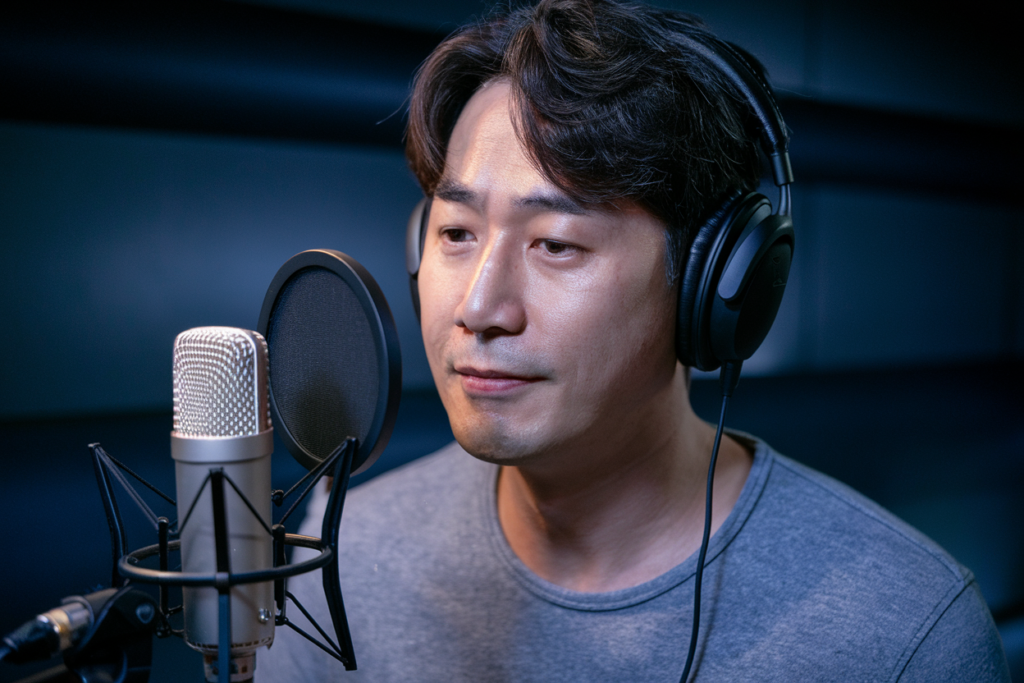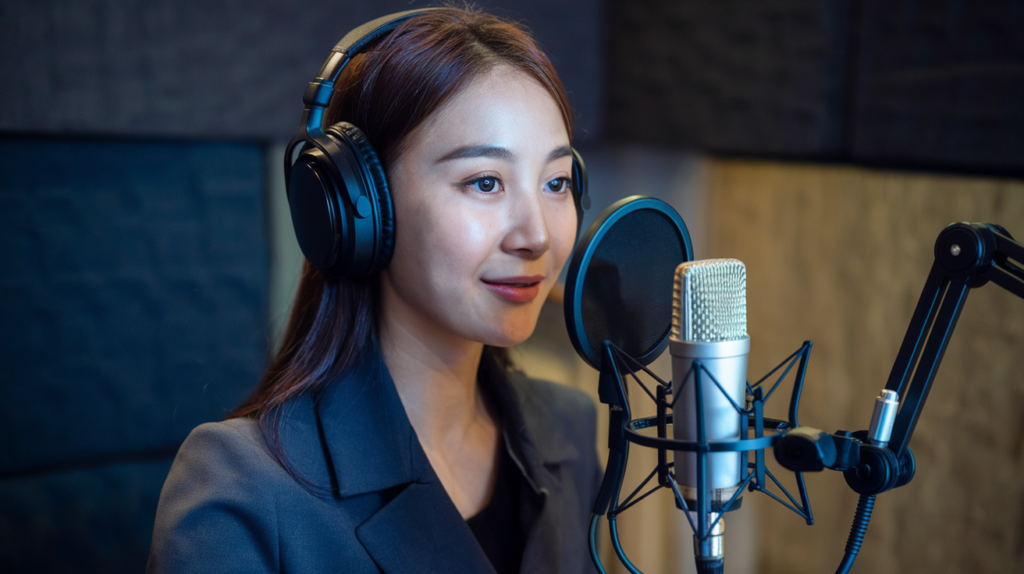Key Takeaways
- Importance of Regional Dialects: Understanding and using regional Korean dialects in voiceovers enhances authenticity and emotional connection with the audience.
- Diverse Major Dialects: Key Korean dialects, such as Seoul, Gyeongsang, Jeolla, Chungcheong, and Gangwon, each offer unique characteristics that can enrich storytelling.
- Audience Reception Matters: Younger viewers favor contemporary slang while older audiences appreciate traditional speech patterns; selecting the right voice talent is crucial for effective communication.
- Cultural Authenticity: Employing the correct regional tone fosters trust and engagement with audiences by accurately reflecting cultural nuances.
- Challenges of Accessibility: While regional dialects add authenticity, they can also limit audience reach; balancing authenticity with broader comprehension is essential in voiceover projects.
- Talent Selection Is Key: Choosing voice actors proficient in specific dialects ensures relatable portrayals and enhances overall project quality.
Ever wondered if voiceovers really use regional Korean? This question sparks curiosity for anyone diving into the world of Korean media. With its rich tapestry of dialects and accents, understanding how voiceovers incorporate regional variations can be a game changer for creators and audiences alike.
Understanding Voiceovers
Voiceovers play a crucial role in bringing stories to life, especially in Korean media. When selecting voice talent, understanding regional Korean dialects and accents becomes essential. Each area has its own unique way of speaking, which can deeply influence the emotion and authenticity conveyed through voice acting.
You might wonder why this matters so much. Imagine a character from Busan speaking with a Seoul accent—doesn’t quite fit, does it? Authenticity helps create a connection between the audience and the content. Using the right regional tone ensures your message resonates effectively.
Voice artists need to adapt their delivery based on these dialects to engage listeners. Whether it’s for animated characters or commercial ads, capturing local nuances can elevate production quality. Skilled voice actors possess this ability to switch seamlessly between accents, making them invaluable assets in any project.
Moreover, choosing the right voice over talent impacts how well your audience receives your message. For instance, younger audiences may respond better to contemporary slang found in urban dialects while older viewers might prefer traditional speech patterns typical of rural areas.
Incorporating regional variations not only enhances relatability but also expands your reach within diverse demographic groups. By investing time in understanding these subtleties, you position yourself ahead of competitors who overlook this vital aspect of localization.
Regional Korean Dialects
Understanding regional Korean dialects enhances the effectiveness of voiceovers. Each dialect carries unique characteristics that can enrich storytelling and connect with audiences on a deeper level.
Major Dialects
Korean features several major dialects, each reflecting distinct cultural identities. The following are key examples:
- Seoul Dialect (Standard Korean): Used in Seoul, this is the basis for most media and education. It’s widely understood across South Korea.
- Gyeongsang Dialect: Spoken in cities like Busan and Daegu, it has a more pronounced intonation, making it lively and energetic.
- Jeolla Dialect: This dialect hails from the southwestern region, known for its softer consonants and unique vocabulary.
- Chungcheong Dialect: Found in central areas, it blends elements from both Gyeongsang and Jeolla dialects but maintains its own rhythm.
- Gangwon Dialect: Characterized by its rural tone, it’s often perceived as friendly and warm.
Each of these dialects offers different nuances that voice artists can leverage to enhance their performances.
Differences Between Dialects
Dialects differ significantly in pronunciation, vocabulary, and even grammar. Here’s what sets them apart:
- Pronunciation Variations: Some dialects emphasize certain vowel sounds or consonant clusters differently than others. For instance, the Gyeongsang dialect may have stronger syllable stresses compared to the softer Chungcheong variant.
- Unique Vocabulary: Regional words might not be familiar outside their area. Using local terms can add authenticity to characters or commercials aimed at specific audiences.
- Grammatical Distinctions: Certain grammatical structures vary between regions. A voice actor’s awareness of these subtleties allows for more accurate portrayals.
Incorporating these differences into your projects leads to richer narratives that resonate well with viewers or listeners. Adapting your delivery based on regional characteristics captures attention effectively while fostering an emotional connection through authentic representation.
The Role of Regional Korean in Voiceovers
Regional Korean plays a pivotal role in voiceovers, influencing how audiences connect with content. Understanding dialects enhances the authenticity and relatability of performances, making it crucial for voice artists to adapt their delivery based on these regional nuances.
Audience Reception
Audience reception varies significantly depending on the dialect used in voiceovers. Younger viewers often respond positively to contemporary slang and informal speech patterns. In contrast, older audiences tend to prefer traditional speech styles that evoke nostalgia and cultural familiarity. Selecting the right voice talent who can navigate these differences ensures that your projects resonate well across diverse demographic groups.
Cultural Authenticity
Cultural authenticity is essential in creating compelling narratives through voice acting. Each major Korean dialect—like Seoul, Gyeongsang, Jeolla, Chungcheong, and Gangwon—carries its own unique character traits and expressions. When a voice artist employs the correct regional tone, they facilitate deeper emotional connections between characters and audiences. This authentic representation fosters trust and engagement, leading to richer storytelling experiences that truly reflect the culture behind the language.
Challenges of Using Regional Korean
Using regional Korean in voiceovers presents unique challenges that can impact the overall effectiveness of a project. Understanding these difficulties helps you make informed decisions when selecting voice talent.
Limiting Audience Reach
Voiceovers utilizing specific regional dialects may limit audience reach. While a distinct dialect can enhance authenticity, it might alienate listeners unfamiliar with that variation. For instance, content targeting a national audience should consider using standard Korean to ensure broader comprehension. You want your message to resonate with as many people as possible, so balancing authenticity and accessibility is key.
Matching Voice Talent to Dialect
Finding the right voice artist who excels at specific dialects poses another challenge. Not all voice actors possess equal proficiency across various regional accents. Selecting a voice over talent familiar with the local nuances ensures an authentic portrayal of characters or messages. Consider assessing their experience and previous work in particular dialects before making a decision. Doing so enhances relatability and fosters emotional connections with your target demographic, ultimately leading to more impactful storytelling experiences.
Conclusion
Understanding regional Korean in voiceovers is essential for creating authentic and engaging content. By utilizing specific dialects, you can connect with diverse audiences on a deeper level. This attention to detail not only enriches storytelling but also enhances relatability across various demographic groups.
When selecting voice talent, consider their ability to adapt to regional nuances while resonating with your target audience. Balancing authenticity with broader accessibility ensures that your content reaches as many viewers as possible without alienating those unfamiliar with certain dialects. Embracing these elements will position your projects for greater impact and success in the competitive landscape of Korean media.
Frequently Asked Questions
What is the importance of regional Korean in voiceovers?
Understanding regional Korean dialects enhances authenticity, emotion, and relatability in voiceovers. This knowledge helps creators connect with their audience by portraying characters accurately based on cultural nuances.
How do different dialects affect voice acting?
Different Korean dialects, such as Seoul or Gyeongsang, have unique pronunciations and vocabulary. These variations influence how a character’s emotions are conveyed, making performances more engaging and relatable to specific audiences.
Why should creators consider audience demographics when choosing voice talent?
Younger viewers often prefer contemporary slang while older audiences may favor traditional speech. Choosing the right voice talent who can navigate these differences ensures that content resonates with diverse demographic groups effectively.
Can using regional dialects limit audience reach?
Yes, using specific regional dialects can alienate those unfamiliar with them. For broader comprehension, especially for national audiences, it’s advisable to use standard Korean in certain contexts.
What challenges arise from selecting voice artists for regional accents?
Finding skilled voice artists proficient in local nuances can be difficult but is crucial for authentic portrayals. Misalignment between the artist’s skills and the required dialect can diminish the overall impact of storytelling.







